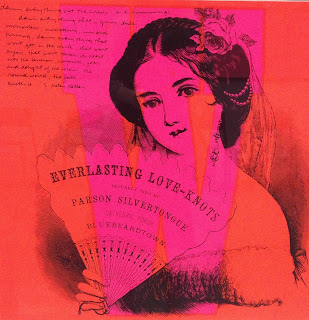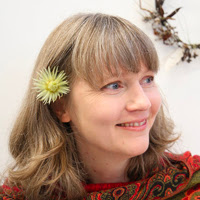An artist recently told me an anecdote about Damien Hirst, it concerned an assistant who worked for him and who was reprimanded for speaking to Hirst at a staff party. Anecdotes such as this seem to be relatively common when talking about Hirst. Sometimes it is difficult to look at his work without bringing to it an awareness of all the gossip and cultural baggage that has accompanied his career and success.
Claims of plagiarism have also provoked legal proceedings and perhaps undermined his position as an important artist. For example, the LA based artist Lori Precious claims Damien Hirst stole her ideas. She exhibited works composed of butterfly wings in the late 1990’s, years before Hirst exhibited works that are very similar. One wonders if Hirst’s assistants had to spend hours pulling wings off dead butterflies.
On a cold grey day in London I visited the large Tate retrospective of Damien Hirst’s work, (April-September 2012). One of the early works caught my eye - Boxes, 1998. A simple installation of brightly coloured cardboard boxes painted with household paint which clustered around a corner of a gallery space. It is a work that is designed to be variable and “fabricated new each time it is exhibited; it is a fixed number of boxes that may take any form.” (from the small guide to the exhibition). Something about the informality, budget materials and bright colours of this work really appealed. In contrast, some of his works use rather more expensive materials - “The Anatomy of an Angel”, 2008 is carved from Carrera marble and will no doubt last hundreds of years.
Many people are also familiar with “For the Love of God”, 2007 Hirst’s sculpture which is a platinum cast of a skull encrusted with diamonds. This work has also been subject to claims of plagiarism, this time by artist John LeKay who produced a crystal covered skull in 1993. At the time the sale of “For the Love of God”, and subsequent media coverage created considerable publicity for Hirst. The work was eventually purchased by Hirst and an anonymous consortium of others. In works such as “The Golden Calf”, a calf with hooves dipped in gold, Hirst seems to mock the wealthy collectors, the curators and audience, “worshipping” a false idol, echoing the Bible story from Exodus where the ancient Israelites create and worship a golden calf because Moses is so long up Mt Sinai.
Hirst’s preoccupation with death was apparent throughout the exhibition. “A Thousand Years” 1990 consists of a glass case with a severed cows head in it, which flies feed upon. Some are zapped with an insect-o-cuter and others reproduce. It is a really confronting and morbidly fascinating work. I’m not sure how people generally react to this work but it’s fair to say it probably prompts a feeling of disgust and perhaps a sudden inclination to embrace vegetarianism upon viewing. One of the things that has really stayed with me from the exhibition was the smell, not of rotting meat but a strange, unpleasant sort of metallic chemical smell, perhaps from the formaldehyde works.
Another work in the exhibition also used living creatures, this time living butterflies, in a work entitled “In and out of love”. Butterflies hatched from canvases with pupae attached. The room was filled with living and dying butterflies. A modest row of plants offered the butterflies some habitat. Tables with ashtrays of cigarette butts were also part of the installation. It suddenly felt like being in some small child’s nightmare. I can not help but contrast this part of the show with the fascinating Sensational Butterflies show at the Natural History Museum that we took our son to in 2013, which also had butterflies going through their life cycle but in a rather more lush and green setting.
I found the spot and spin paintings dull and unoriginal, but “Pharmacy” 1992, a replica of a pharmacy with cabinets full of pill boxes was interesting and the room full of surgical instruments was again morbidly fascinating. The displays in this room prompt the audience to contemplate death and the fragility of life. Hirst has been inspired by museum displays and this is a strong theme in his work. The animals in formaldehyde are scaled up versions of the sort you would see in a natural history museum.
I think after viewing an exhibition like this one I needed a good dose of something life-affirming, like a walk in the sunshine or a hug from a loved one. Unfortunately the grey London day did not provide any sunshine but I had better luck with the hug. I’ll make sure my next blog post is about something more joyful - I’ve got just the exhibition in mind.
Celeste Sterling, 2015
For plagiarism claims have a look here:
The Tate Gallery has a run through of the show with Hirst here:































